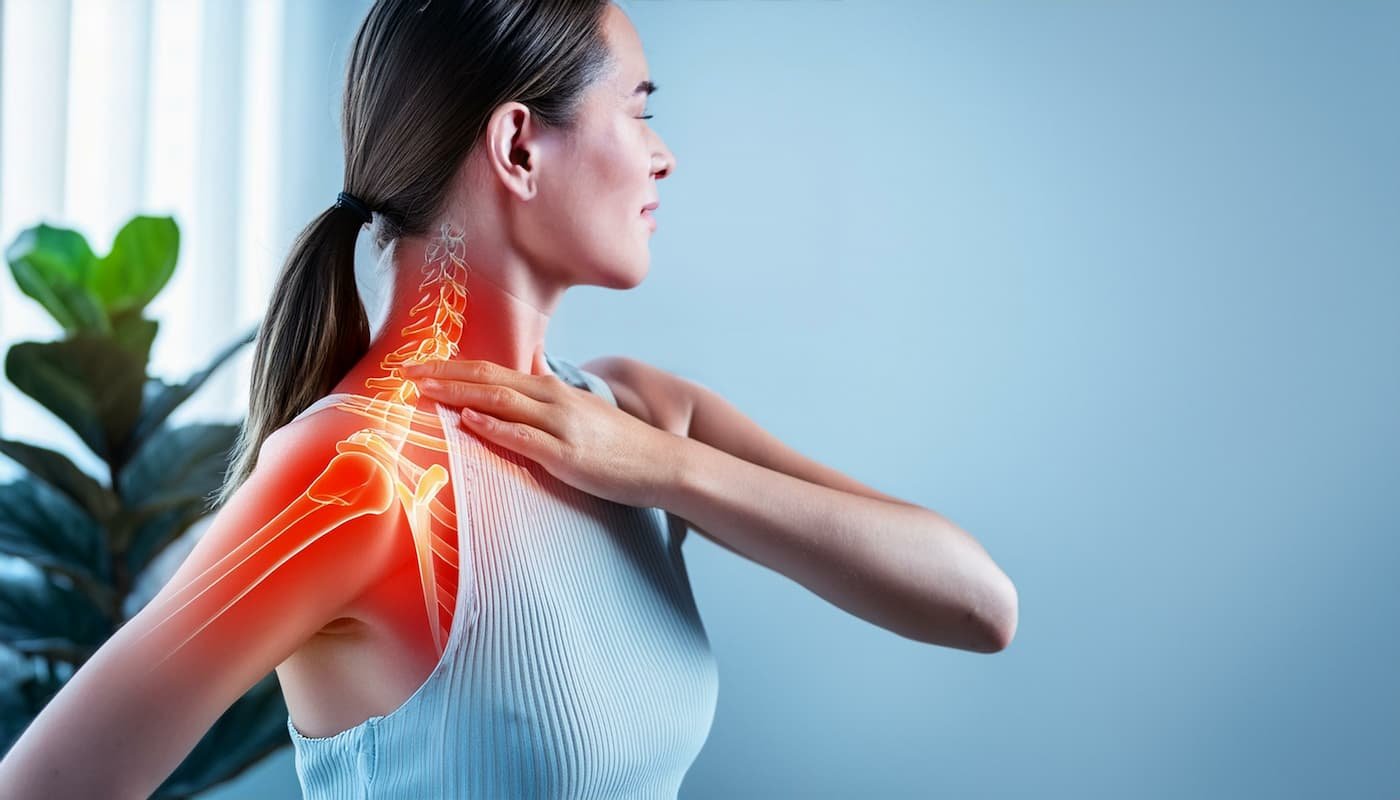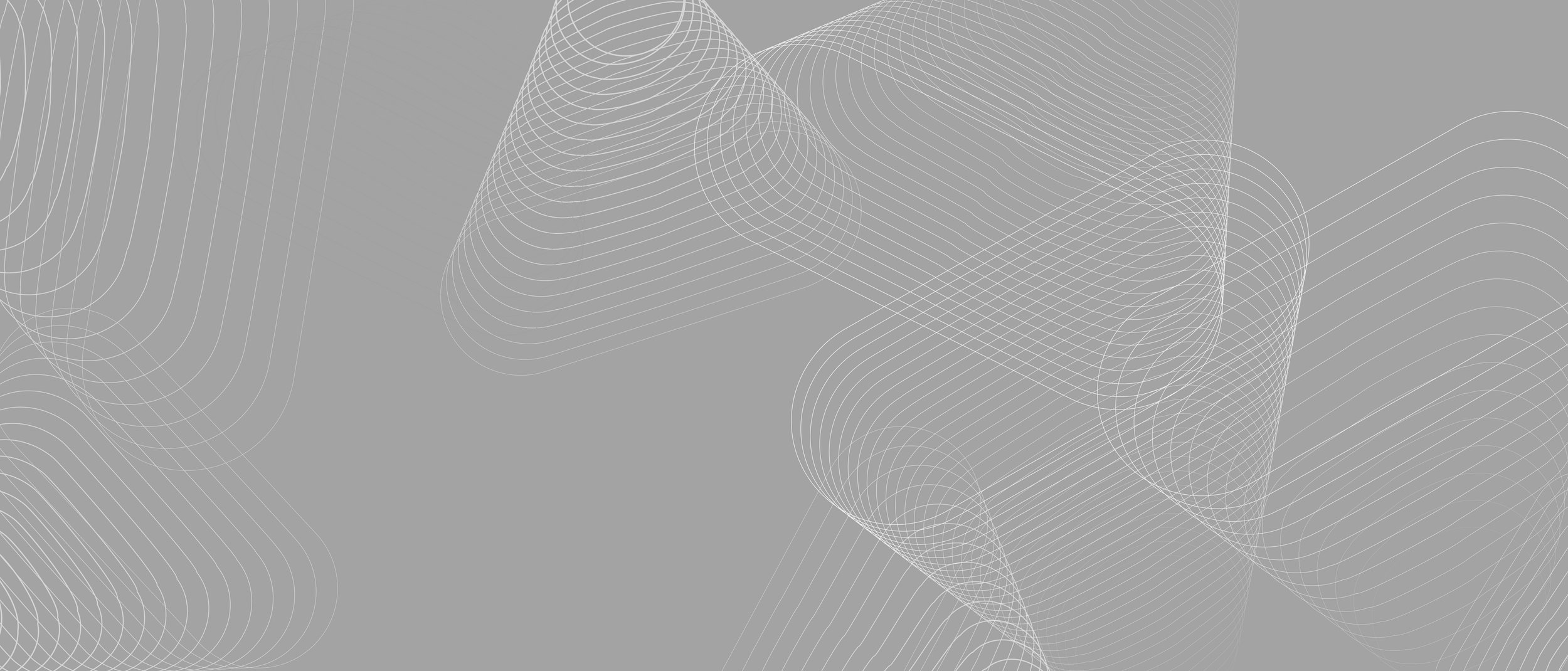
Restoring Function. Embracing Life.
Acromioclavicular Joint Specialist in Singapore
Dr Bryan Wang
Consultant Orthopaedic Surgeon
Trusted Orthopaedic Surgeon | Fellowship-trained in Canada | With over 20-years of experience
What is Acromioclavicular Joint Injury?
The shoulder is the most mobile joint in the body and as such, a complex arrangement of structures are required to stabilise the shoulder during movement. The clavicle (collar bone) forms a joint with part of the scapula called the acromion. This joint is termed the acromioclavicular joint (ACJ) and permits very small movements between the scapula and clavicle during normal shoulder movement.
To stabilise the ACJ, there is a complex arrangement of ligaments. These can be divided into two groups; the acromioclavicular capsular ligaments and the coracoclavicular ligaments. When these ligaments are damaged, an ACJ dislocation/separation can occur. An ACJ dislocation occurs when the outer end of the clavicle dislocates from the acromion. This usually occurs as a result of a direct impact onto the shoulder. The grade of injury can range from I to VI depending on the severity of the injury.
Symptoms At a Glance
Patients with an acromioclavicular joint dislocation may present with the following symptoms:
Shoulder pain
Shoulder deformity with a prominent/dislocated collar bone
Bruising over the shoulder
Drooping of the shoulder
Clicking of the ACJ during movements
Decreased shoulder function in chronic cases
How to Diagnose?
Clinical assessment will include taking a detailed history and a thorough examination of your shoulder.
Further imaging tests like X-rays, MRI scans and ultrasound scans may occasionally be required.
Acromioclavicular Joint Injury Treatment
What are my Treatment options?
If you have any of the symptoms above, it is advisable to see an orthopaedic specialist for further assessment. The appropriate treatment is decided after assessment and a collaborative discussion based on your needs.
They can be broadly divided into conservative (non-surgical) and surgical options. The treatment of ACJ dislocation is dependent on the grade of injury (Grade I to VI) and your functional requirements. The higher the grade of injury, the more prominent the dislocated clavicle becomes.
ACJ Injury Conservative Treatment
Grade I to III injuries generally do not require surgical intervention and can be managed nonoperatively. Sometimes, Grade III injuries may require surgical intervention depending on your symptoms and functional requirements.
Nonoperative treatment may include a combination or all of the following measures:
Immobilisation in an arm sling
reduce pain and movement at the ACJ
Cold packs
to reduce swelling
Medications
anti-inflammatory drugs to reduce pain and swelling
Physiotherapy
to strengthen the shoulder muscles and improve range of motion
ACJ Injury Surgical Treatment
The aim of surgery is to stabilise the AC joint. This can be done in a variety of ways and is dependent on the nature of the injury as well as the time elapsed following the injury.
In acute injuries, mechanical stabilisation of the AC joint can be performed in an arthroscopic (keyhole) fashion. In more chronic cases, apart from mechanical stabilisation, biological augmentation through the use of a graft may be necessary.

Why choose Beacon Orthopaedics?
Focused expertise: Dr Bryan Wang is fellowship-trained in Shoulder & Elbow and Sports Injuries (Pan Am Clinic, Canada) and previously served as Senior Consultant (CGH). He has taught at NUS, NTU, and Duke-NUS and is a member of AAOS, ISAKOS, and the Canadian Shoulder & Elbow Society.
Athlete-centred care: Dr Bryan Wang has many years of experience and expertise supporting professional athletes and weekend warriors alike; return-to-sport is built into your plan.
One stop centre: You can expect same-week imaging where appropriate, on-site/partner physiotherapy, and clear return-to-work/sport milestones all within one medical clinic.
Keyhole-first philosophy: Dr Wang believes in approach of Arthroscopic ACJ repair, shoulder arthroscopy and advanced solutions.
Ready To Get Confident with Your Shoulder Again?
If you’re experiencing shoulder pain, shoulder deformity such as dislocated collar bone, book an appointment with Beacon Orthopaedics, Singapore.
Early, accurate diagnosis and a structured plan can get you back to work, sport, and daily life with confidence.


